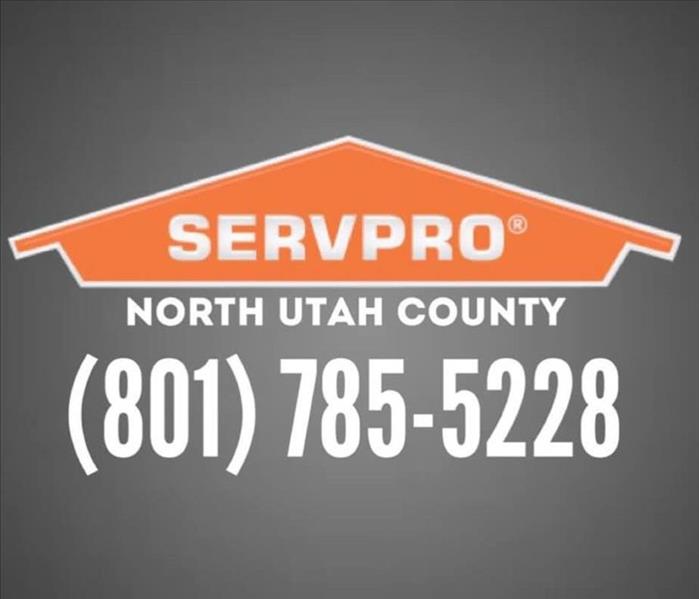Learn more about water damage and insurance!
5/19/2021 (Permalink)
Water damage is the second largest and most common insurance claim after wind and hail damage, according to the Insurance Services Bureau (ISO). In fact, insurance companies pay about $2.5 billion a year for water damage. Water damage claims are how many homeowner insurance policies are used.
Water damage to your home may or may not be covered by normal homeowner insurance. Here is an overview of water damage cases to help you understand the types of water damage that are and are not covered by home contents insurance. Read more here about water damage cover in the list of home contents insurance policies covered.
Water damage cannot be covered by your home contents insurance if it is not the result of an accident or a sudden and unexpected event. Neglect or lack of maintenance can lead to water damage, which means you may have to pay for the repair costs. It is not always easy to find out why water damage is not covered by your policy, so read on to find out more about what you are insured for.
Standard policies do not cover water damage caused by flooding, and if you do, you will need to take out additional flood insurance if you live in a high-risk area prone to flooding. Mold is the most common finding of water damage in your home and is not covered by most homeowner's insurance.
Water damage, including frost damage, is one of the most common and costly insurance claims made by homeowners. According to HomeAdvisor, a digital marketplace that provides real estate resources, the national average for water damage in 1998 was $2,587. Mold and damage are often covered by home contents insurance, but not always due to lack of maintenance or neglect.
When buying, renting or selling a home, it is important to know the signs of water damage and the potential for water damage. Water damage from floods, fires and leaks can cause structural problems that can lead to the development of mold. While you may not be able to spend your days worrying about the next big rainstorm or leaking joints in your sanitary facilities, you can take preventive measures to be aware of the types of water damage that your homeowner insurance covers.
If you have had the misfortune of water damage at home, relax and follow the decisions below to see if there is quick restoration of the house. One can expect a loss, but at least the house can still be saved. You avoid most of the risks and make sure your investment pays off if you know what to look out for, what precautions to take.
When looking for a new home, you may face the difficult dilemma of whether or not to buy a water-damaged home that you want to afford. It is a house you have been looking for, a great house that fits your lifestyle and meets your needs and preferences in terms of size, floor plan, interior design and location.
Remove all enclosures with fans activated to begin the drying process. We recommend that you carry out an inspection of your home to confirm that there are no hidden areas in your home that require repair of water damage. Check floorboards, upholstery and carpets to see if water has penetrated into hidden areas where water damage needs to be repaired. SERVPRO can also come do all this for you. We can take the stress off of you.
Make sure that fans are placed in hidden areas where they may need water damage repair to make sure everything is dry. Basement water damage can occur in many homes, but the most common problems for homeowners with basement water damage are leaking water heaters, leaking foundations, flood damage, and overflowing washing machines. Look for signs of water damage in the attic, especially in areas where chimneys, skylights, and roofs meet where the roof and walls meet.
Heavy rainwater can accumulate in your house and gradually cause water damage in your basement. This can lead to a sudden rupture of the pipe in the home, which can lead to a flooded basement in need of repair.
Here at SERVPRO, we are happy to help. If you have questions please give us a call. 801-785-5228






 24/7 Emergency Service
24/7 Emergency Service
